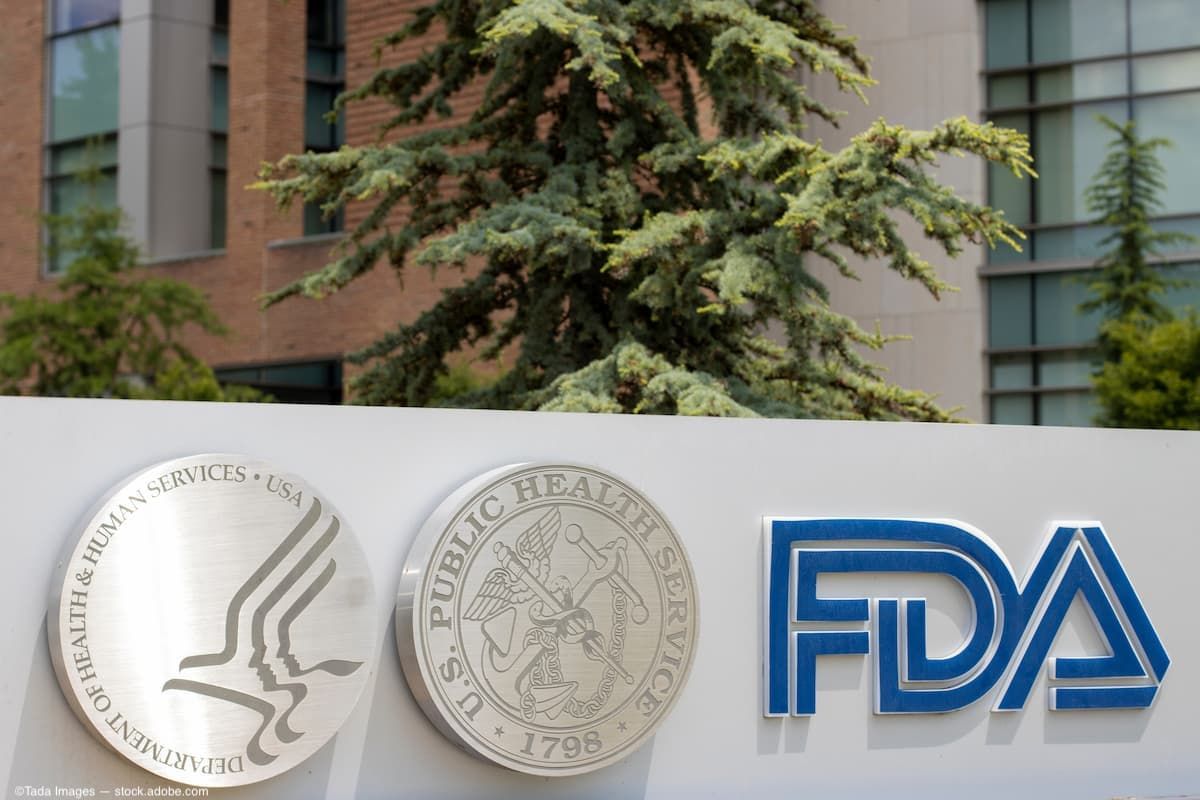Article
Implantable collamer lens produces impressive outcomes for myopic correction
Outcomes in a cohort including more than 5,000 eyes support the conclusion that an implantable collamer lens (Visian ICL, STAAR Surgical) is a safe, predictable, and very effective method for correcting high-to-moderate myopia, said John R. Moran, MD, PhD.
Outcomes in a cohort including more than 5,000 eyes support the conclusion that an implantable collamer lens (Visian ICL, STAAR Surgical) is a safe, predictable, and very effective method for correcting high-to-moderate myopia, said John R. Moran, MD, PhD.
Dr. Moran, an ophthalmologist and president and chief executive officer, Moran Research & Consulting, Houston, presented a retrospective analysis of physician reported data entered voluntarily on the online STAAR surgical planning service (www.staarvision.com) by more than 400 operating surgeons. The analyzed cohort comprised 5,367 eyes that underwent implantation of this lens. Mean postoperative follow-up was 103 days.
Preoperatively, mean uncorrected visual acuity (UCVA) was 20/1553, mean BCVA was 20/22, mean astigmatism by refraction and keratometry was about 1 D, and the mean preoperative manifest refraction spherical equivalent (MRSE) was -9.81 D.
The postoperative outcomes showed mean UCVA improved to 20/26, mean best-corrected visual acuity (BCVA) was 20/20, and mean postoperative MRSE was -0.23 D. The cohort achieved an improvement in BCVA of 0.4 lines, 51% had UCVA that was the same or better than their preoperative BCVA, and UCVA was better than the preoperative BCVA in 17% of eyes. Endothelial cell loss at 3 months averaged 1.7%. In the published FDA clinical trial, the rate of endothelial cell loss at 3 months was 2.1%.
"The vision outcomes in this series of eyes are really amazing considering the diversity of the population, and perhaps most impressive is the fact that the vision in more than 500 eyes is better after surgery than it was before under any circumstances," Dr. Moran said. "The endothelial cell loss data compare favorably with the published report from the FDA trial and show this is a safe procedure."
Newsletter
Don’t miss out—get Ophthalmology Times updates on the latest clinical advancements and expert interviews, straight to your inbox.




